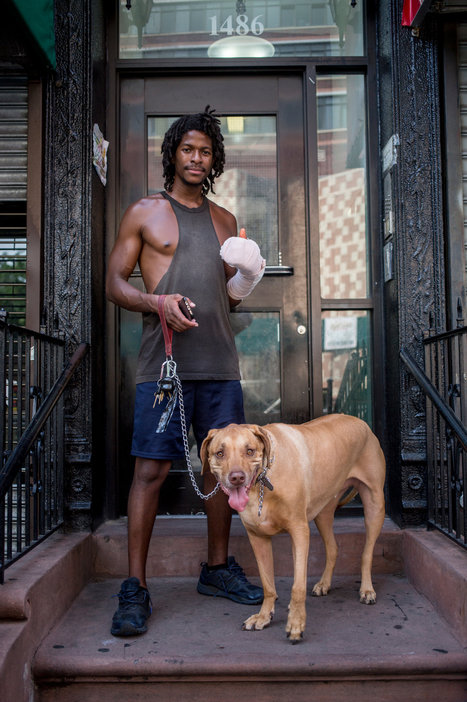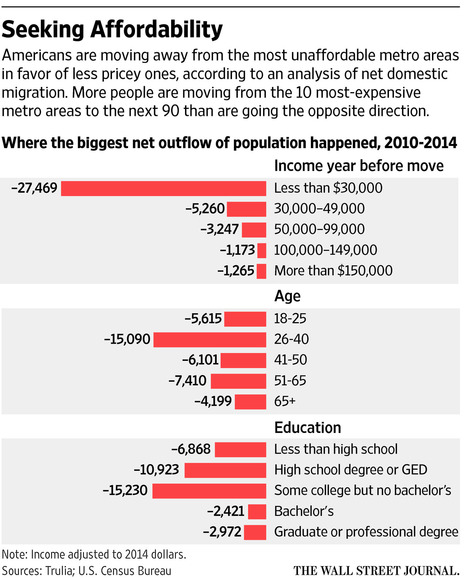(p. 17) Like the critic Pauline Kael and the conservative activist Phyllis Schlafly, Jane Jacobs arrived to churn the fertile soil of American cultural ideology in the 1960s, brandishing a disciplined populist intellect and a comfort with courting enmity. All three were middle-aged mothers by the time they would shake things up. That Jacobs, nee Butzner in 1916, would force a reconsideration of the nature and purpose of cities was an outcome her young adulthood would have hardly suggested. An unexceptional student at Central High in Scranton, Pa., she later studied at Columbia before failing to gain formal admission to Barnard and abandoning the pursuit of a degree entirely. These experiences, Robert Kanigel maintains in his biography “Eyes on the Street: The Life of Jane Jacobs,” left her with a distaste for the academy that she carried throughout her career.
Where others had doctorates, Jacobs had a self-certainty that was manifest early on. In a chronicling of her childhood so thorough it includes the number of times she was late for homeroom during her first semester of high school (seven), Kanigel recounts an incident in which Jane was expelled from third grade for urging her classmates to dismiss the entreaties of a hygiene instructor, who asked them to pledge to brush their teeth twice a day for the rest of their lives. In Jane’s view, the promise would be impossible to keep, making the request absurd.
For the full review, see:
GINIA BELLAFANTE. “Fighting the Power Broker.” The New York Times Book Review (Sunday, OCT. 9, 2016): 17.
(Note: the online version of the review has the date OCT. 7, 2016, and has the title “Two New Books About Jane Jacobs, Urban Visionary.”)
The book under review, is:
Kanigel, Robert. Eyes on the Street: The Life of Jane Jacobs. New York: Alfred A. Knopf, 2016.




